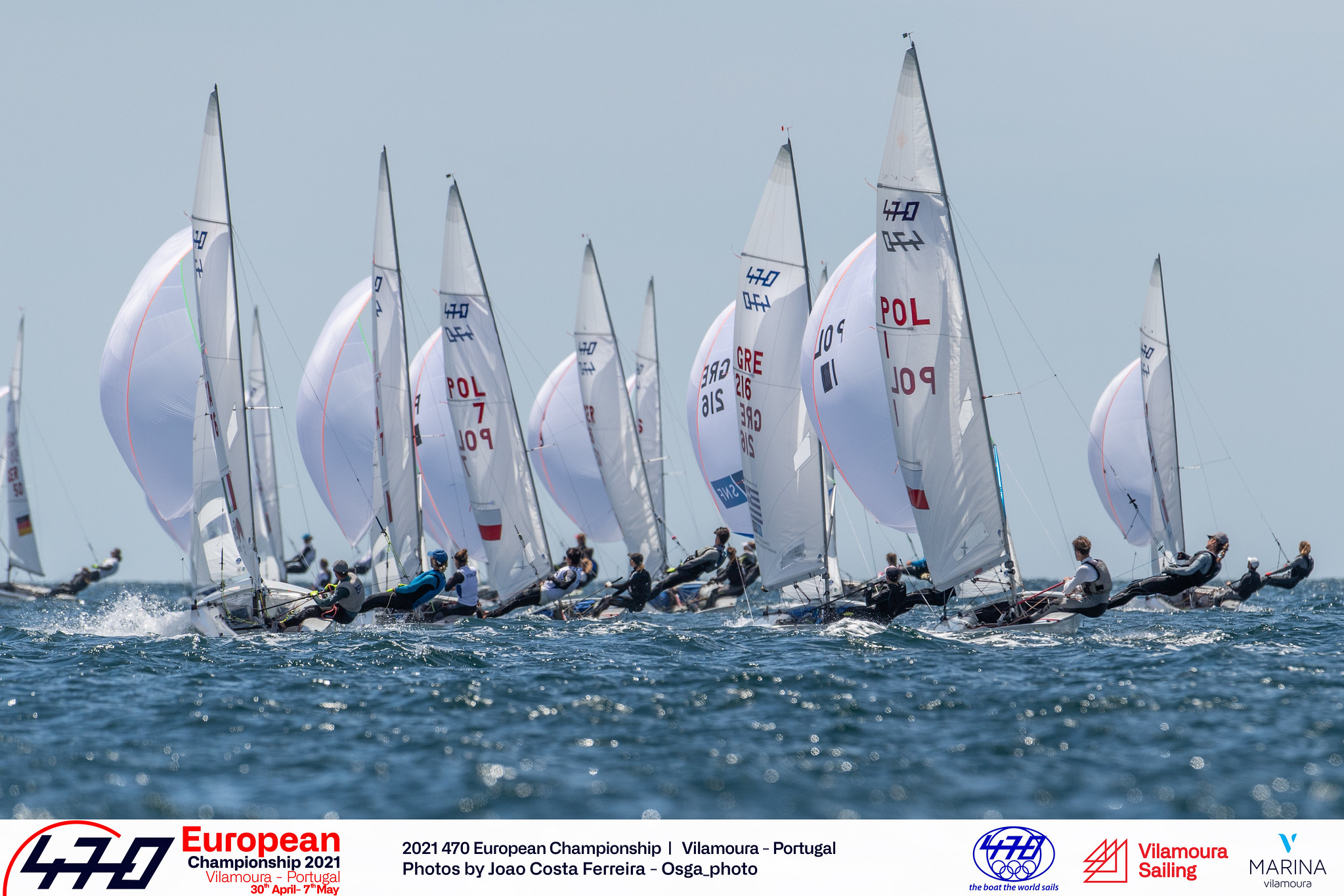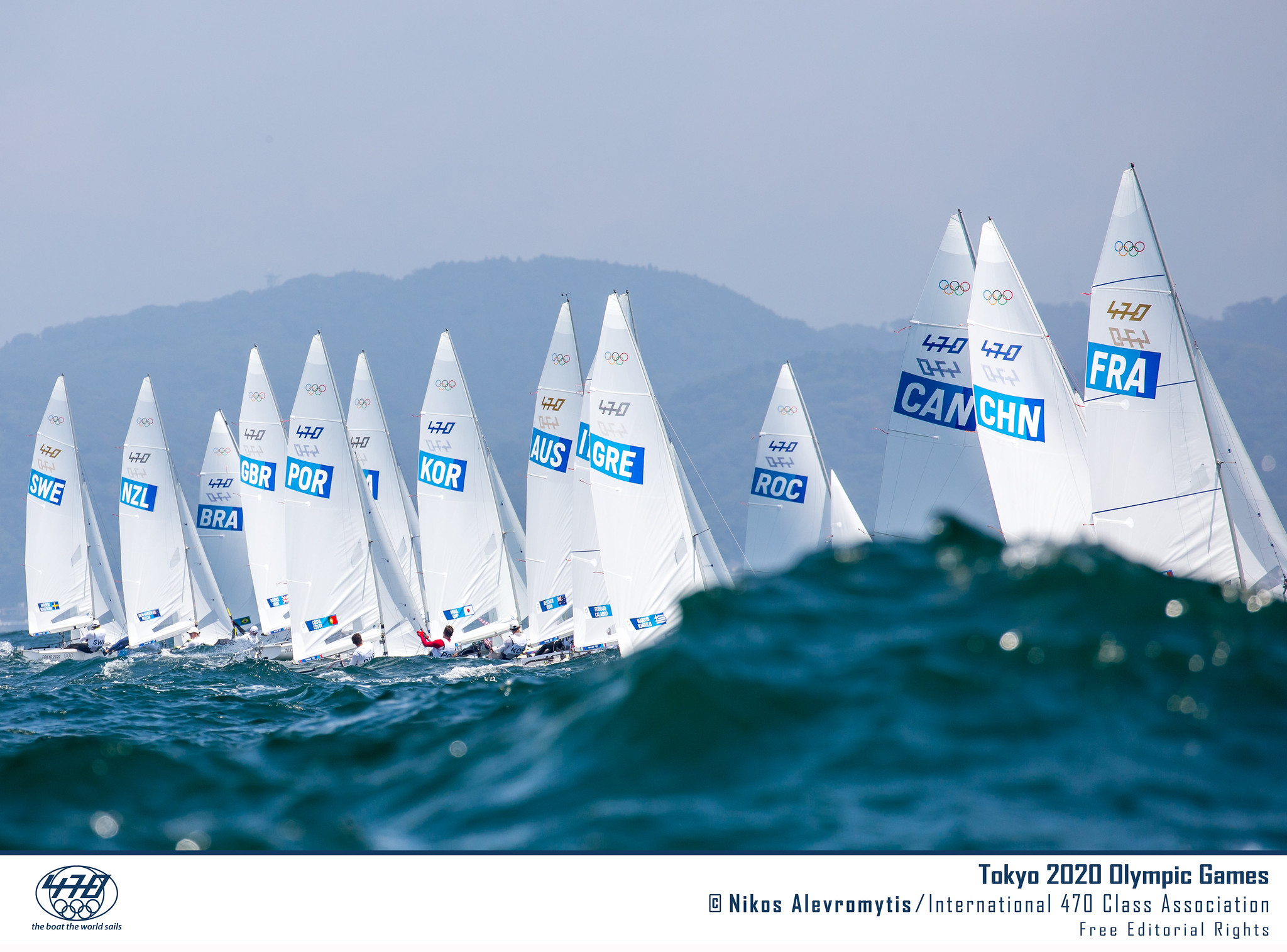26 Mar 2011
Graham Biehl (USA) - Maintaining Speed to Succeed

American Graham Biehl is seeking to compete in his second Olympics. Along with skipper Stu McNay, they were the USA representative in the Men's 470 at the 2008 Games, and they want to improve on their 13th place. They had stumbled hard out of the gate, and despite them being the low score team in the second half of the event, the damage was done.
When seeking to succeed at the Olympic level, there is no substitute for speed. For Graham, who is currently 24 years old, he has been seeking speed in the class since he was 16. “The 470 is an extremely technical boat,” explained Graham. “There are a lot of things to learn about the rig and the sails, and the technique as well. It takes a lot of time and a lot of discipline to practice on all the elements, and it starts from a youth standpoint to begin understanding these variables.”
Part of Graham’s success can be attributed to an early start toward understanding speed. “I started sailing Snipes when I was quite young, and that certainly helped fast track the things I needed to learn,” noted Graham. “By the time I got into the International 420, I had already learned a lot about rig tune set-up and sail shape, and was able to pass that on to my skipper who had less experience in this level of boat. When I moved on to the 470 (at 16 years), the transition was made easier again by the experience I had already attained.”
From the outside, a doublehanded boat like the 470 does not look that much unlike other youth boats. Main, jib, spinnaker, trapeze... simple, right? “When working with our training partners, we find how significant small adjustments in the 470 are in producing boat speed differences,” said Graham. “Maybe an inch on the vang, or a half turn on the spreader, can have a huge impact on your speed. Variances in technique also are very apparent. There are very small details that might not be apparent from outside the boat, but when you are in the boat sailing against other people, they are definitely noticeable and it really makes you sail to the highest level.”
But there is a difference between being fast when tuning, and being fast when racing. Graham explains, “Sometimes in the middle of the race the wind may drop, or may increase substantially, and you need to know how to prioritize the sail controls, and what adjustments are necessary. We have all the controls at our fingertips, so we can make the changes to get the boat to act like it should for the new conditions. But this comes from sailing in every condition possible, and knowing when things aren’t quite right and then immediately making the correct adjustment to get the boat back to norm.”
VIDEO: Scuttlebutt editor Craig Leweck interviewed Graham in the Member’s Lounge at the San Diego Yacht Club. Here is the complete video:
Source: Craig Leweck - www.sailingscuttlebutt.com
Top Image: Graham Biehl (USA) © US SAILING













































































